Mazowieckie Voivodeship
Filled with attractions for the active and history-loving tourist, with traces of Chopin’s life and work, this is the largest province and home to Poland’s capital city – Warsaw, whose Old Town is a UNESCO-listed heritage site. To the south of the capital lies a health resort, and to the north-west Kampinos National Park, not to mention the surrounding localities explored via the winding roads of Mazovia…
Mazowieckie province lies in central-eastern Poland and shares a border with six provinces: Warmińsko-Mazurskie, Podlaskie, Lubelskie, Świętokrzyskie, Łódzkie and Kujawsko-Pomorskie. The province capital is Warsaw. Mazowieckie province covers an area of over 35,500 sq. km and is Poland’s largest province in terms of both area and population.
Open, Mazovia!
“Mazovia. Sand, Vistula and forest. My Mazovia. Flat, its great expanse – under streams of swooshing stars, under a river of pines…” This is how poet Krzysztof Kamil Baczyński described the region in a few simple words. This flatland striped with meadows, fields and forests, with spots of increasingly colourful towns and villages, the River Vistula cutting across it like a ribbon, is a region full of tourism treasures. The key to that treasure is the fascinating history of this land, today the heart of Poland and home to the country’s capital, Warsaw.
Must-Go Trails
Fans of Sapkowski’s The Witcher series will recognise the wyvern (a type of dragon with just two hind legs and the wings of a bat) that is found on the seals and banners of the Mazovian dukes in the Middle Ages. This lateral branch of the Piast family built its state practically from scratch, generation by generation, and maintained its independence for three centuries. Their story is presented on the Dukes of Mazovia Route. Their legacy includes over a hundred towns, such as Zakroczym, Czerwińsk, Wyszogród, Serock, Przasnysz, Ciechanów, Czersk and Sieciechów. To see them, you can follow marked routes – the Duke Konrad of Mazovia Route which focuses on the progenitor of the dynasty, the Route of Duchess Anna or the Route of the Siemowits – and admire Gothic brick castles and churches full of fascinating legends.
Mazovia also offers a number of other themed tourist routes. The Chopin Trail takes you on a journey to locations where Fryderyk spent the first twenty years of his life – Żelazowa Wola, Warsaw, Sanniki and Brochów. The “poet of the piano”, whose technique was incredible and who composed his music when Poland was partitioned by three foreign powers, declared his patriotism through works, especially preludes and mazurkas, which drew upon his native Mazovian folk music.
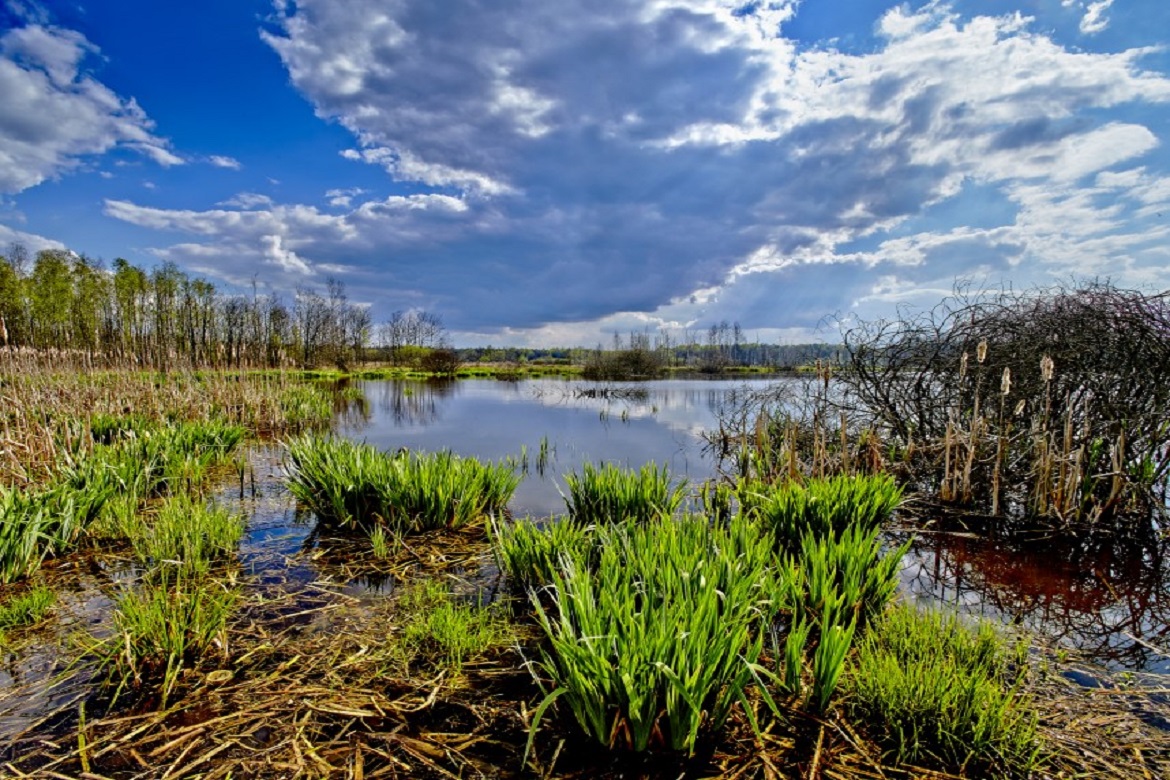
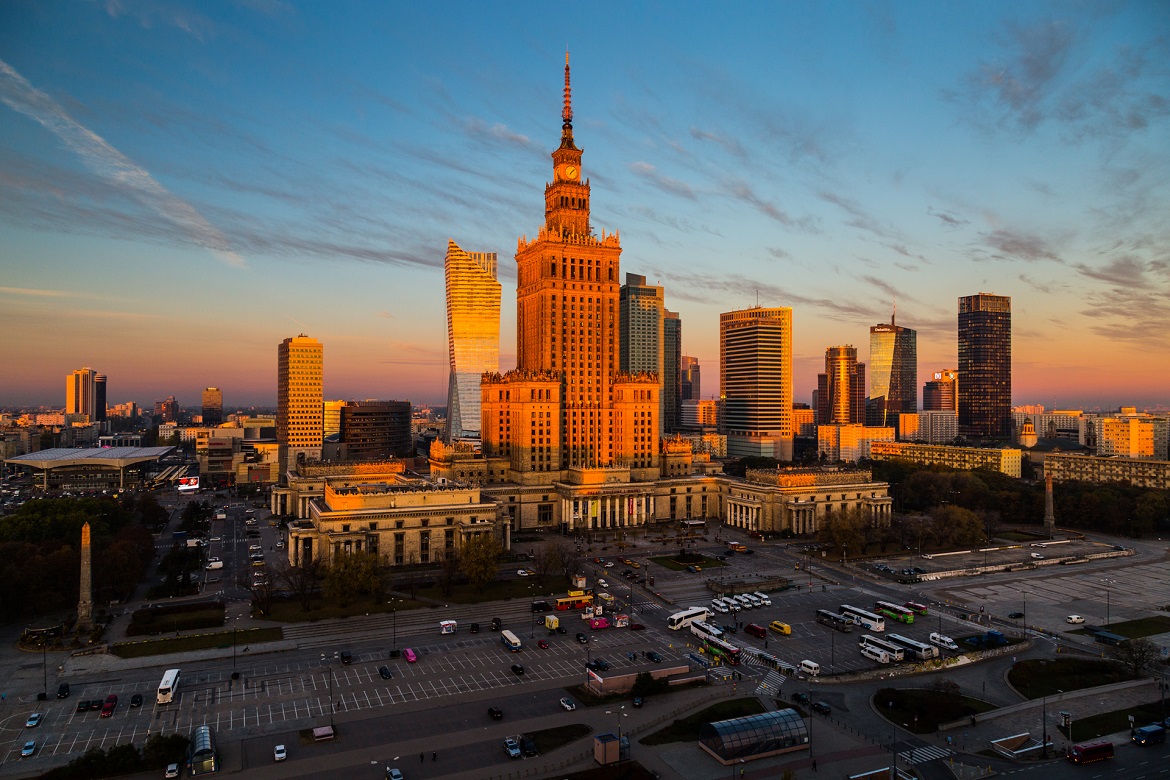
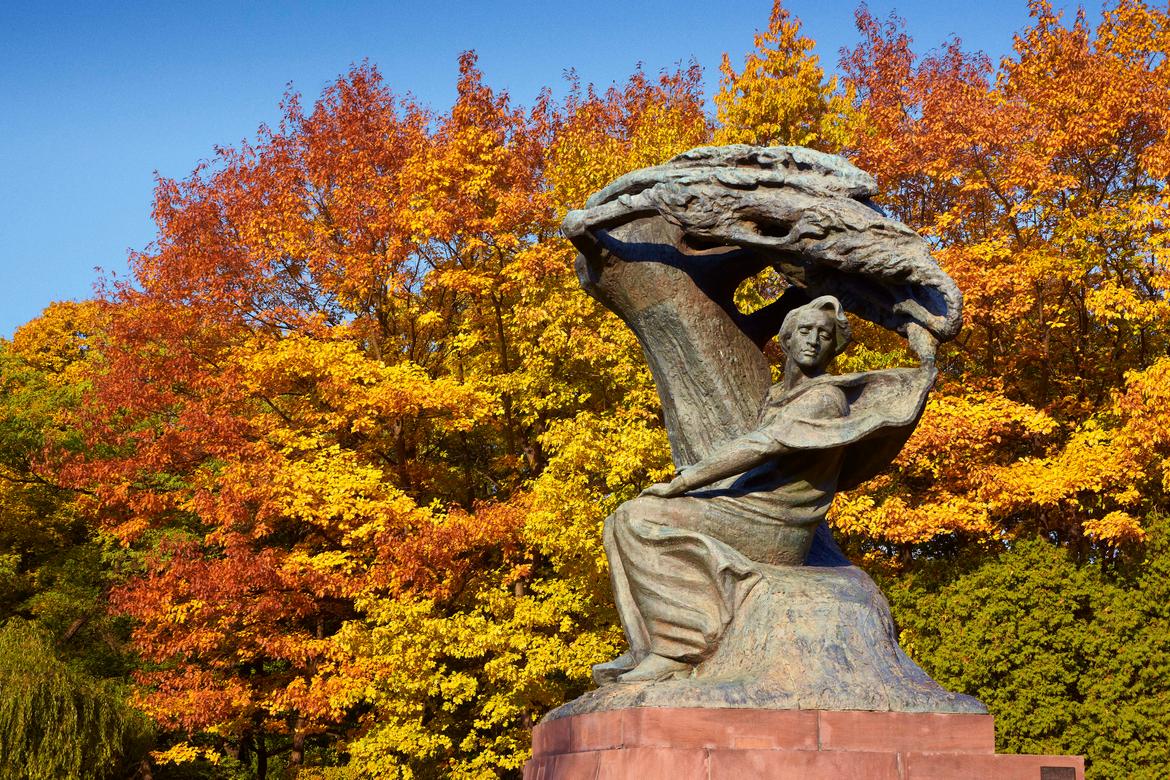
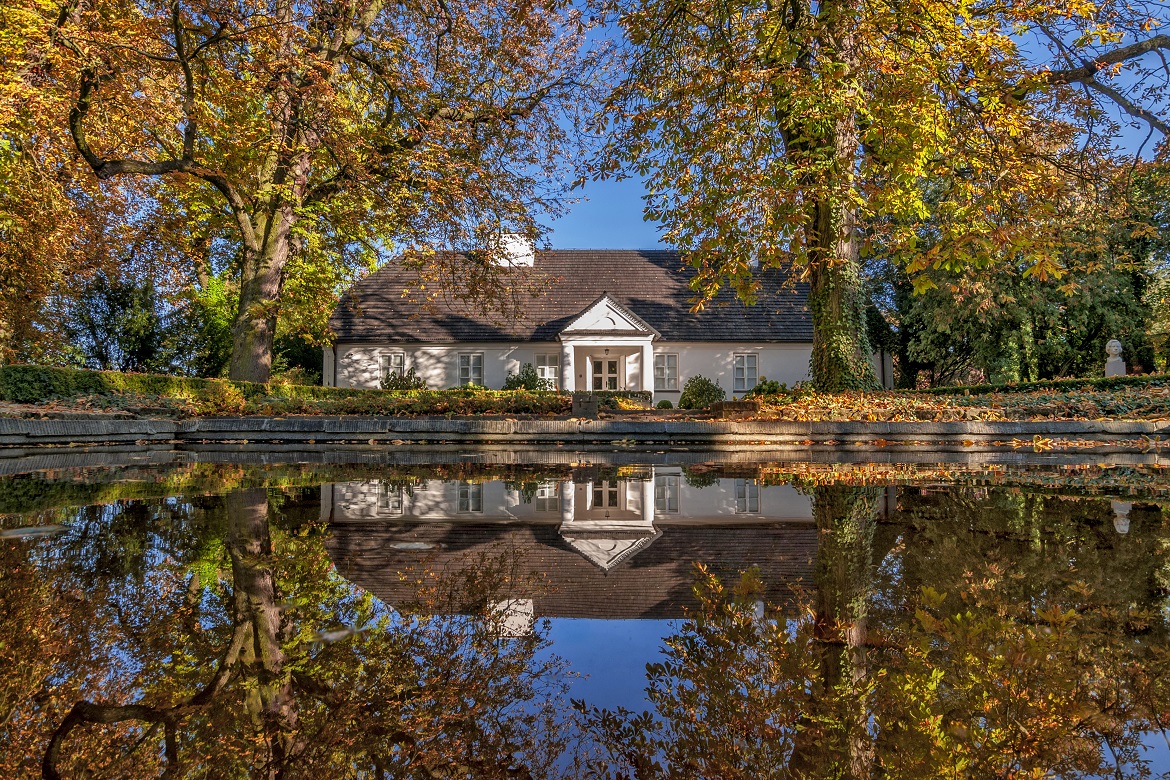
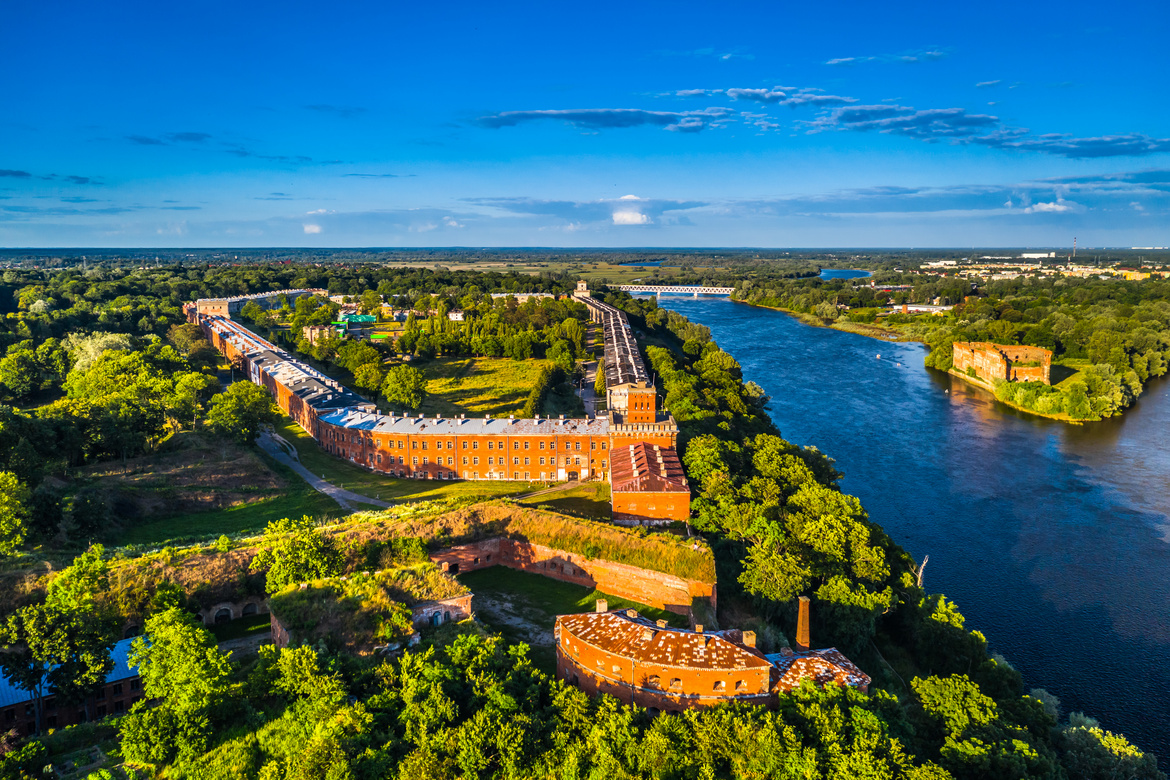
Witnesses of History
The Jewish heritage that has survived to this day shows the enormous contribution made to Polish culture by the centuries-long presence of a large Jewish diaspora on the River Vistula. The remains of old shtetls, synagogues, Jewish cemeteries and sites of remembrance can be found in locations such as Otwock, Karczew, Góra Kalwaria and Przysucha. Płock is home to the Museum of Mazovian Jews. The tragedy of the Holocaust is exhibited at the Treblinka Museum, the site on which the German World War II Extermination Camp during World War II murdered about 780,000 Jews, mainly from the Warsaw Ghetto, the largest ghetto in Europe.
The impressive walls of the Modlin Fortress, today a museum on the Battle of Warsaw 1920 Trail, cast a stunning reflection on the waters of the Vistula. Construction began in the times of the Swedish Deluge (i.e. invasion, 1655-1660), and the fortress went through its first siege from Russian forces after Napoleon’s retreat from Moscow, followed by the November Uprising of 1830-1831, and both world wars.
Other interesting routes include the Mazovian Literary Trail, Industrial Mazovia, Mazovia in Films, and the Great Lithuanian Route.
For Folk-Culture Vultures
A visit to the Museum of the Mazovian Countryside in Sierpc is perfect for learning about historical rural rituals and folk customs. In addition to genuine peasant homesteads, this open-air museum also features an inn, a church with belfry, and even a reconstructed manor house with garden. You can spend the night here, enjoy horse riding and try your hand at harvesting. The Radom Village Museum, meanwhile, has recreated two complexes: a village of peasant cottages and a manor complex with manor houses, farm labourer quarters, a smithy, a granary, a henhouse, and even a toilet.
Easter palms from the Kurpie region, presented in the village of Łyse on Palm Sunday, can be up to 10 metres tall. Łyse is a well-known centre for the culture of the Kurpie people who settled at the northern edge of Mazovia in the 17th century. Their neighbours called them Kurpie because of the footwear they made from linden bast fibres. The vibrancy of the community is reflected by their Easter palms made from hazel rods or young pines decorated with colourful flowers and tissue-paper ribbons. Cycling across the Kurpie area, you’ll pass through may villages where you’ll see distinctive wooden cottages with crown-decorated windows and sills carved with intricate patterns.
The riverside part of Konstancin-Jeziorna commune near Warsaw – the area below the steep embankment – is part of the Urzecze ethnographic microregion, also known as Łurzyc in the local dialect. It stretches along both banks of the Vistula, between the former mouths of the rivers Pilica and Wilga, the Siekierki neighbourhood of Warsaw and the Saska Kępa neighbourhood on the east riverbank. The most important elements of this riverbank landscape include brushwood fences, protective causeways and dykes, drainage structures, willow and poplar clusters as well as windmills. The greatest number of relics of this culture are found in the villages of Czernidła and Gassy where the annual Flis Festival of Urzecze Culture is held. This festival enables visitors to learn how people used to live on the river and to see a binduga – a reconstructed raftsmen settlement with steaming pots full of Urzecze delicacies. Workshops teaching old trades of the Vistula riverbanks offer a living history lesson.
Picture of Health
The town of Konstancin-Jeziorna is Mazovia’s only health resort. Its trademark is a graduation tower drawing therapeutic brine from a nearby wellbore. As the brine evaporates, the air around the graduation tower forms a special microclimate similar to the seaside. The local hospital provides services in physiotherapy, neurological and cardiac rehabilitation as well as treatment of ear, nose and throat diseases.

